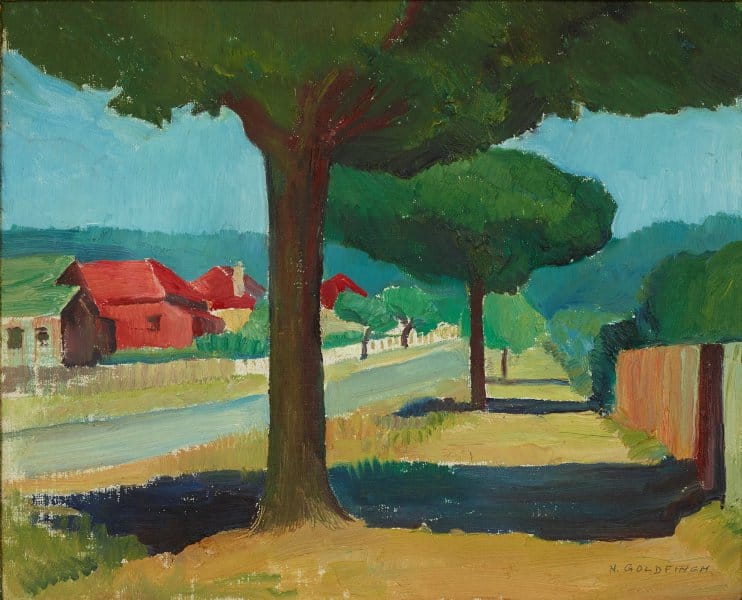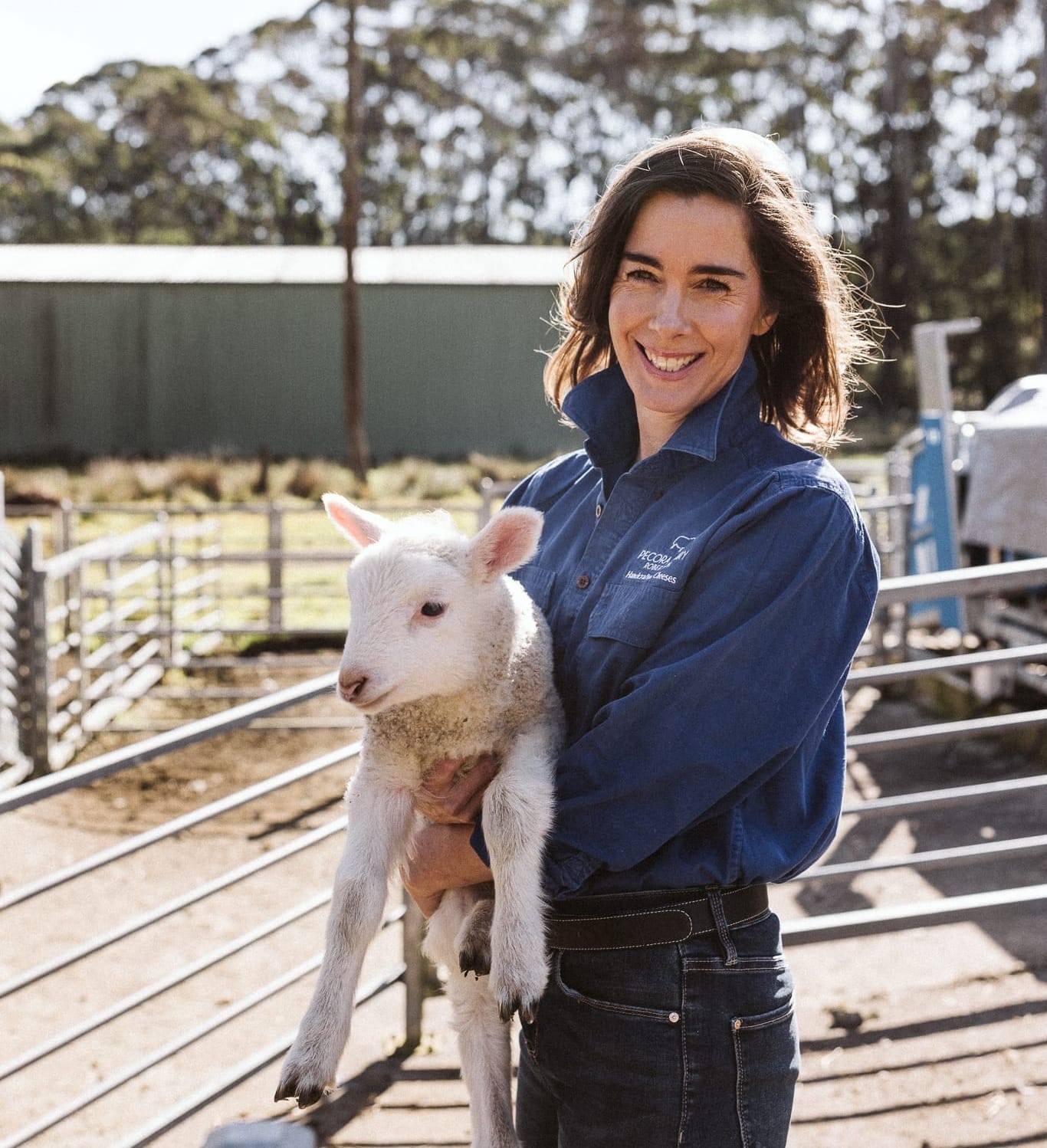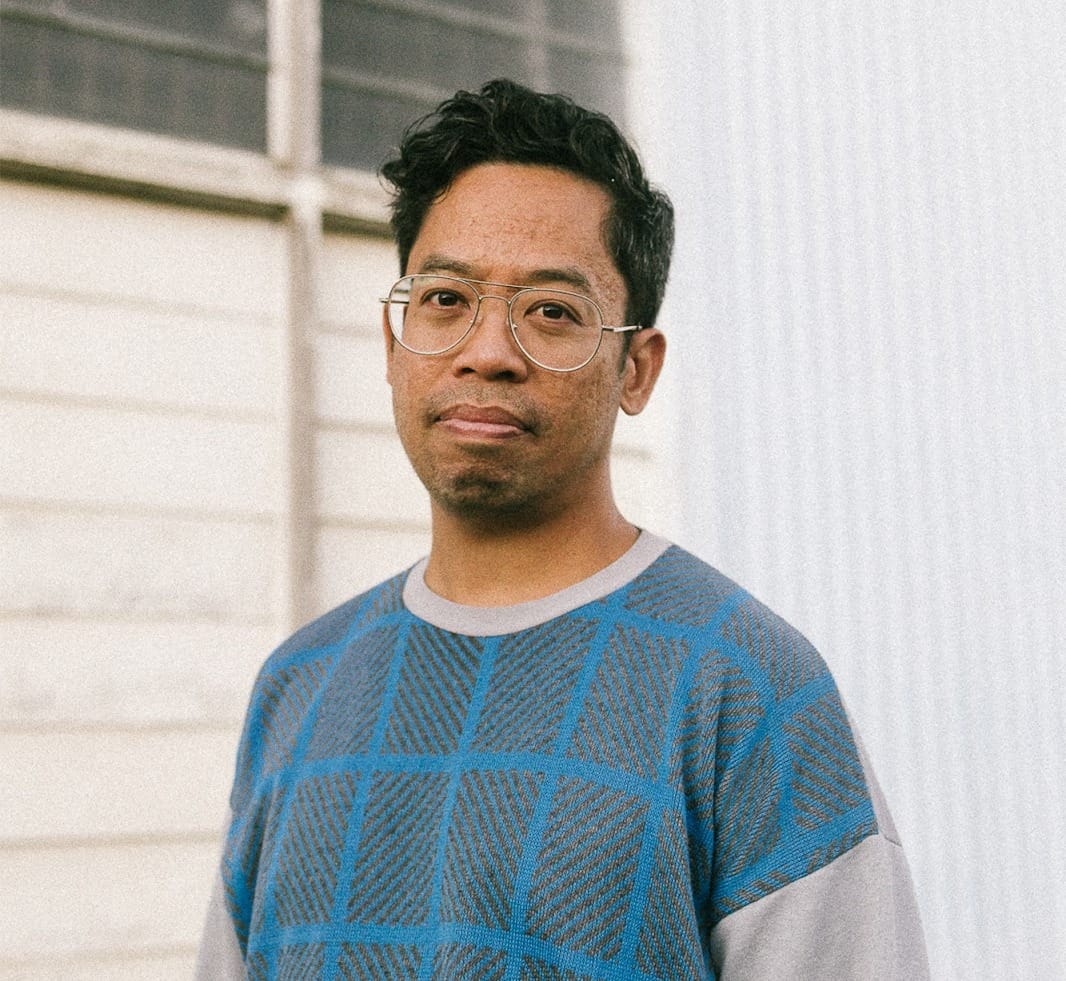
Plus phantom peas and bat speeds. Welcome to Galah Weekly, our newsy newsletter keeping you up to date with regional headlines that matter, plus other delightful things from life beyond the city. By Anna Rogan, who is ready for more sunshine and flowers this spring.
Coles has ended its eight-year contract with Tasmanian pea growers and will replace locally grown peas with imported peas in one of its home brands. Frozen pea products in Coles’ Four Farms brand and in the Woolworths-owned Bell Farms brand sell for about half the price of their other home-brand products, making them a compelling option for shoppers.
Why should we care about cheap peas? Experts refer to brands such as Four Farms and Bells Farm as “phantom brands”, because they’re not clearly marked as being owned by Coles or Woolworths. Retail marketing academic Dr Louise Grimmer believes these brands have been strategically created to increase market share. This might go some way to explaining the $1.1 billion in annual profit posted by Coles this week.
It’s thought that the inclusion of the word “farm” in these phantom brands might lead shoppers to believe they’re locally produced. "They're not a real brand,” insists Grimmer. “They haven't been made locally. They haven't been supplied, manufactured or sourced locally, and so this is a big risk for suppliers."
It’s not just peas that supermarkets are importing. About 50% of all flowers sold in Australia are imported, and industry experts want to increase awareness of the human and environmental costs of buying them. Many supermarket flowers have been grown in carbon-intensive greenhouses in mega-farms in Europe and Africa that pay workers less than the minimum wage.
Editor’s note: If you’re looking to support local producers, find growers, farm gates and roadside stalls no matter where you are in the world through the digital platform Grown not flown. This is not sponsored content; we just love what they do.
For the first time in eight years, the Country Liberal Party has won power in the Northern Territory. Safe to say, Speckles the psychic crocodile got it wrong in this election. New Chief Minister Lia Finocchiaro says the party will immediately get to work on its plan to reduce crime, including introducing no bail for violent offences and lowering the age of criminal responsibility, just a year after the NT became the first jurisdiction in Australia to raise the age from 10 to 12.
Meanwhile, Victorian Premier Jacinta Allan faced backlash during a recent visit to her home town of Bendigo. Hundreds of people gathered to protest against the Western Renewables Link, VNI West and proposed mineral sand mines as the Premier prepared to address the Rural Press Club of Victoria. Later, attendees shouted while Allan was on stage at the Herald Sun’s Bush Summit, where she spoke about the switch to renewable energy.
Insurance premiums have increased by almost one-third for households in rural and regional areas that have high flood and cyclone risks, according to a report by the Actuaries Institute. Meanwhile, 15% of all Australian households are now under “home insurance affordability stress”, up from 10% in 2022.
The report’s lead author, Sharanjit Paddam, says “increases in premiums are outpacing wages growth. Unfortunately, we expect this will continue because of the overall increasing risk of natural disasters associated with climate change, which will continue to put upward pressure on premiums”.
Tasmanian farmers are struggling to feed livestock as record low rainfalls in the past year continue to put pressure on hay supplies, with bales reportedly selling for up to $200 each. King Island, off Tasmania's north-west coast, has been particularly hard hit by the dry conditions and is experiencing its worst drought on record. Tasmania's Primary Industries and Water Minister, Jane Howlett, says farmers who were unable to access hardship grants can apply for funding of up to $2500 from Rural Business Tasmania.
Australian wind farm operators are being urged to speed up their turbines to help reduce the number of bats killed in wind farms. A trial conducted in Victoria shows that increasing the wind speed at which turbines start spinning from 3 metres per second to 4.5 can result in a 54% reduction in bat deaths while reducing energy output by just 0.16%.
Galah’s On Being a Journalist course has launched with 10 eager students studying with writer and editor Dan Kaufman. We’re particularly thankful to Teacher Dan and to our funding partners: Vincent Fairfax Family Foundation, AgriFutures, and Tory Maguire, the managing director of publishing at Nine, who made a personal donation to the course. The support of our funding partners helped us keep the cost of the course low to encourage as many young writers as possible to apply.
Speaking of being in important rooms with important people, Annabelle swapped gumboots for heels to attend the Rural Women’s Award gala at Parliament House in Canberra last week, which she described as “like the Logies, but for rural women”. The sheer number of talented, clever, pioneering women under one roof gave Annabelle the Hamilton-esque feeling of “being in the room where it happened”.
If you know a woman who’s making a difference in regional Australia, hit reply and tell us about them. Or, better yet, encourage them to apply for the 2025 AgriFutures Rural Women’s Award. State award winners receive a $15,000 Westpac grant to develop their project, business or program, as well as access to the award alumni program and community. Applications are open now until 9 October.
I recently had the pleasure of learning about previous Rural Women’s Award finalists and current alumni state chairs Ann Ross, Cressida Cains and Kimberley Furness. Here are their stories.
Editor’s note: In the next issue of Galah magazine, keep an eye out for the full story on Cressida Cains and Pecora Dairy, which she runs with her husband, Michael, in the NSW Southern Highlands.

From eccentric forms to experimental glazes, these highly individual artworks exude a shared boldness of character. Big Ceramic Energy presents Australian, First Nations, and international contemporary artists whose creative practices push the boundaries of the ceramic medium. Showing now at Shepparton Art Museum, Vic. Read more.
Featuring works from more than 50 Australian artists, The Art World Came to Us: Macquarie Galleries 1938-1963 pays tribute to a significant gallery and period in Australian art history. Notable artists include Treania Smith, Lucy Swanton and Mary Turner. Showing at Ngununggula, Bowral, NSW, on 14 September-17 November. Read more.
In honour of the first day of spring and my personal desire for more sunshine, flowers and fun, I present this round-up of spring festivals across regional Australia.

Interview by Emma Hearnes.
Artist, digital producer and educator Ben Tupas lives and works in Toowoomba, Qld, using a range of medis to tell stories from regional Australia. As someone who is both connected to and disconnected from the Filipino diaspora, Tupas’s work focuses on exploring identity and connection to lost Indigenous ancestry against the backdrop of the Australian natural landscape.
What’s been absorbing your creative attention lately?
I’m shooting footage for a new video work called Invisibility Barong. It’s the final piece in a video trilogy titled Mindanao Story Cycle and will premiere at Umbrella Studio Contemporary Arts in Townsville in November.
Who is a regional creative you love collaborating with?
For more than five years now, Albury-based artist Lisa Clarke and I have been sending each other miniature paintings and illustrations that each give a little window into the regional experience. We were lucky to exhibit a selection of these works at Rosalie Gallery for our first dual show, Observational Correspondence. I’m looking forward to seeing how this collaboration evolves over the next five years.
Why is regional storytelling important?
Almost 30% of Australians, and one in six Australian artists, live regionally. So stories from the people, places and communities outside the cities are crucial to reflect who we are as a nation. Moving beyond the Eurocentric gaze and associated traditions, contemporary regional storytelling needs to reflect the diversity and complexity of the physical and cultural landscape. That’s the challenge.
Crafter, artist, wife, mum and unstoppable optimist Annie Werner died this week after a long illness. In her final Instagram post, she describes dying as finding out “how to become particles that are integral to all the cool things in the world, such as rainbows, cats, nudibranchs, borealis, flowers, sparkles and powerful, deep love.”
The Galah team are so grateful to Annie for the profound vulnerability with which she shared her experience of dying on her Instagram account. Defiantly creative in the face of it all, right up to the end.
Read more about Annie and her partner Genevieve Derwent in Galah issue 08, or visit the GoFundMe page to find out how to support Annie’s family during this time.
We’d love to hear about the news, events and people that should be making the headlines in the Galah Weekly newsy. Share what’s new(s) in your neck of the woods with us at newsie@galahpress.com